Blog
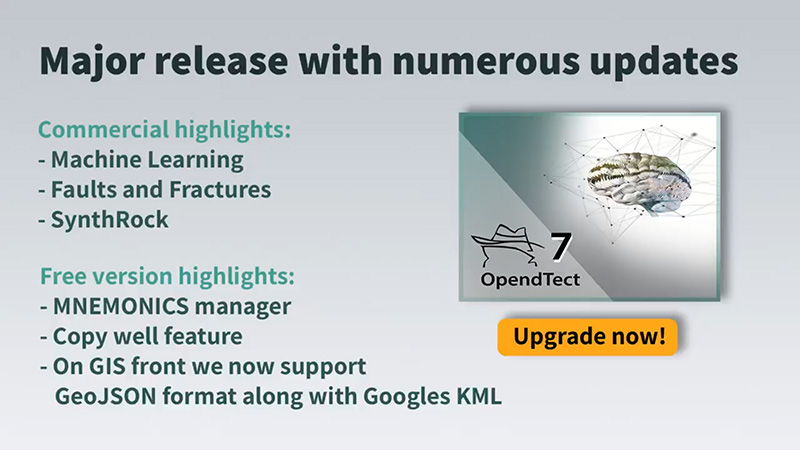
Have you upgraded to version 7 yet?
- Written by: Marieke van Hout
This major release brings significant improvements to both the free and commercial aspects of OpendTect. To get an in-depth look at all the highlights, please have a look at the attached video.
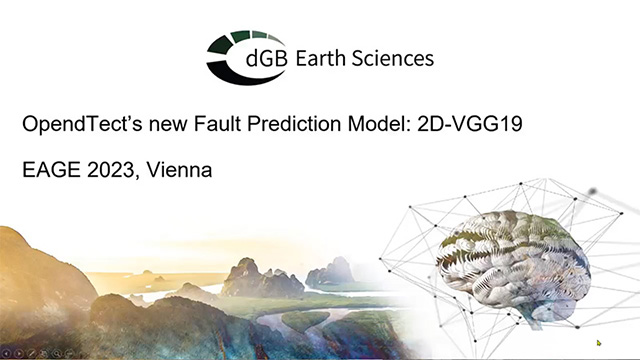
Two free ML webinars back to back
- Written by: David Markus
The first one is today, the 2nd next Thursday.
Join us for an exclusive webinar series featuring two back-to-back sessions that will provide a comprehensive overview of training a 2D CNN model architecture and seamlessly importing it into the OpendTect environment.
📅 Dates: 15 (TODAY) and 22 June
⏰ Time: 4 PM CEST
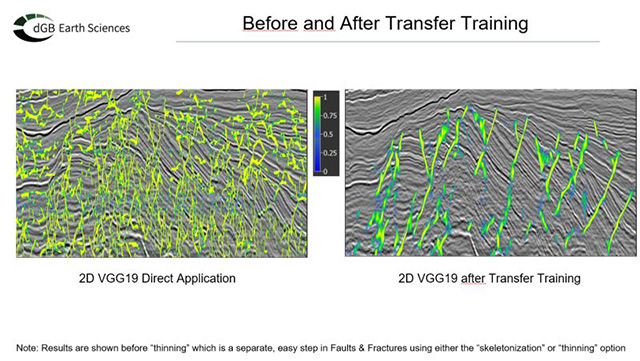
Free webinar on 'Machine Learning and OpendTect: Building and Training your 2D CNN Model'
- Written by: David Markus
Thursday 15 June 4 pm CET. Register here: https://attendee.gotowebinar.com/register/7055758961598683735
Join us for an exclusive webinar series featuring two back-to-back sessions that will provide a comprehensive overview of training a 2D CNN model architecture and seamlessly importing it into the OpendTect environment.
Read more: Free webinar on 'Machine Learning and OpendTect: Building and Training your 2D CNN Model'

OpendTect 7.0.0 Official Release
- Written by: Arnaud Huck
Dear OpendTect Users,
We have made a new major release of our software: OpendTect 7.0.0, which is now available for installation/update.
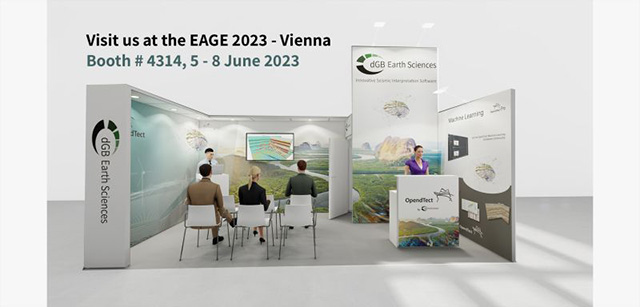
New Major OpendTect release
- Written by: Marieke van Hout
Paul de Groot, Arnaud Huck and I will be at the EAGE in Vienna next week from 5th to 8th June - Booth 4314.
We will be sharing exciting updates about our upcoming major release: OpendTect version 7, scheduled to be released directly after the EAGE.

Machine Learning Workflows - Supervised AI Seismic Facies
- Written by: Paul de Groot
Previously, in our series on OpendTect Machine Learning workflows, we showed an unsupervised workflow for seismic facies analysis. That workflow clustered seismic waveforms to generate a segmentation volume consisting of 50 different segments enabling detailed interpretation of seismic facies.
Today, we show one of several possible workflows in OpendTect using supervised learning. This workflow uses the Thalweg tracker for labeling target positions. In total 8 different label sets were created representing positive and negative amplitude classes of meandering channels, unconfined channels, splays and floodplains.
Read more: Machine Learning Workflows - Supervised AI Seismic Facies
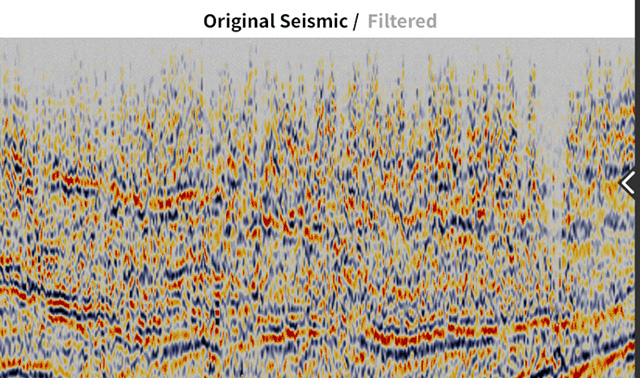
Free webinar on Approaches to Data Conditioning in OpendTect
- Written by: Marieke van Hout
Thursday, May 25th at 4 pm CET
Explore the diverse approaches to handling noisy or problematic seismic data in OpendTect. From trusted attributes to cutting-edge Machine Learning techniques.
Read more: Free webinar on Approaches to Data Conditioning in OpendTect
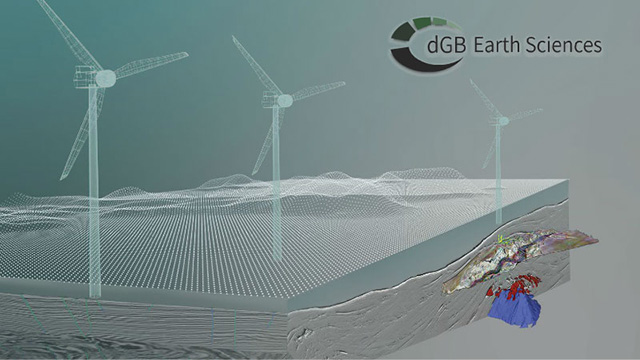
dGB provides expert support for Doordewind Wind Farm Zone
- Written by: Marieke van Hout
Exciting News! dGB Earth Sciences Partners with BLIX Consultancy & GEO2 Engineering B.V. to provide expert support for Doordewind Wind Farm Zone
Read more: dGB provides expert support for Doordewind Wind Farm Zone
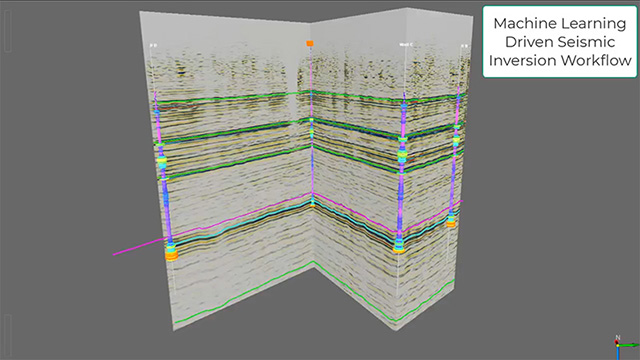
Machine Learning Workflows - Seismic Inversion using AI - Machine Driven Seismic Inversion Workflow
- Written by: Paul de Groot
Today, in our series on OpendTect Machine Learning workflows, we show a workflow for rock property prediction using real wells.
This workflow has many variations. You can train on real or synthetic seismic data to predict well log properties of interest.